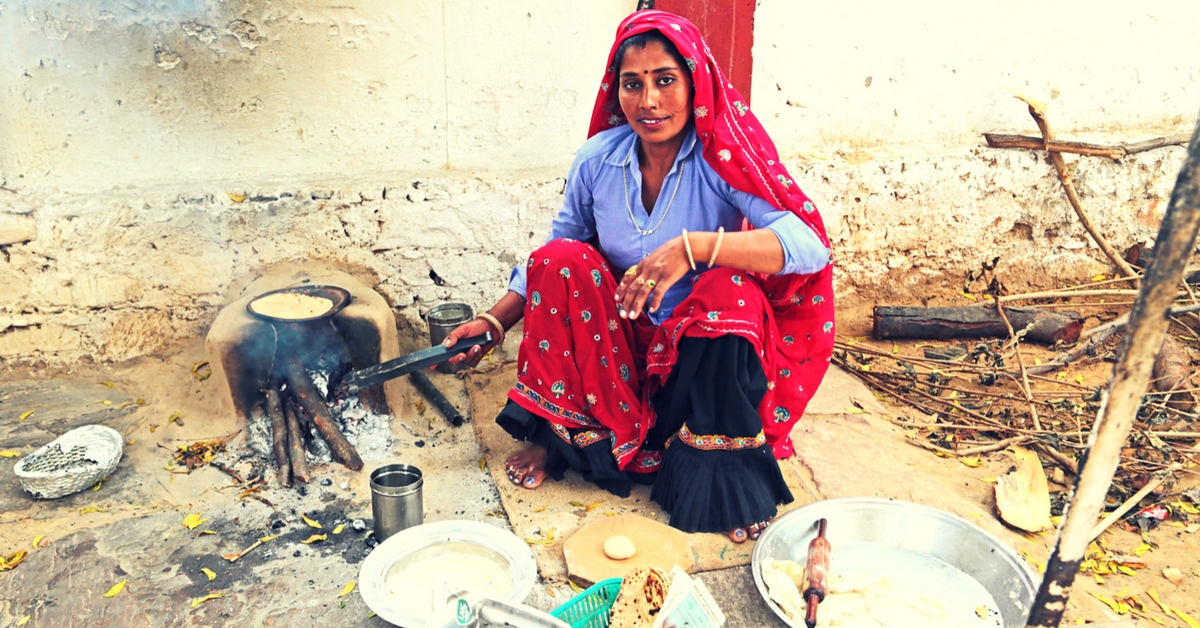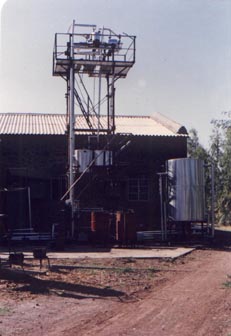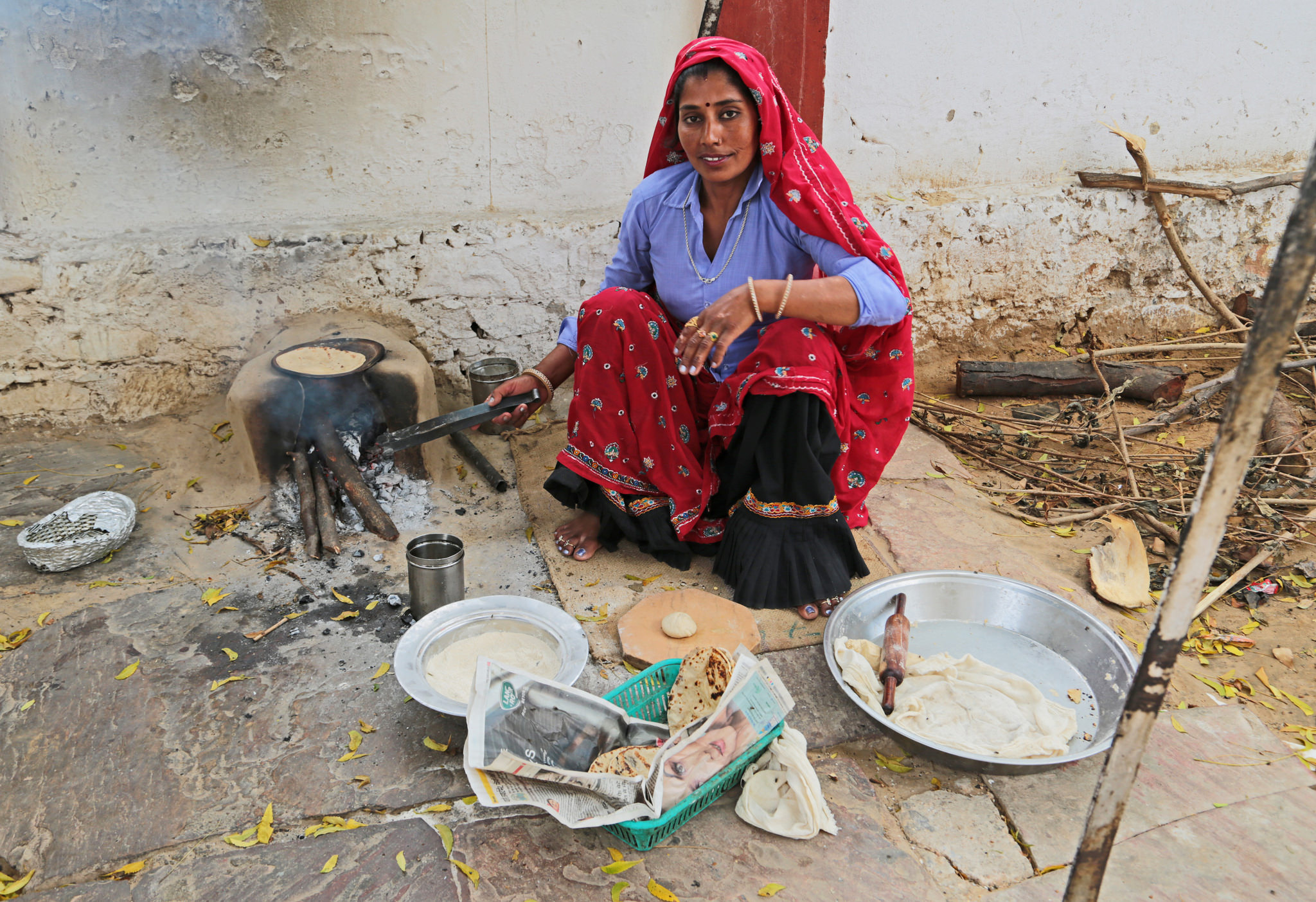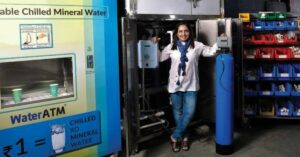Safe, Clean and Ever-Available: What Is the Best Fuel for Rural India?
There are better fuels than alcohol for rural household cooking. Biogas, after cleaning it and compressing it, is equivalent to compressed natural gas (CNG).

Last month an International meet-Clean Cooking Forum was held in New Delhi. This forum funded by International organizations like UN, World Bank, USAID among others, attracted 600 delegates from 57 countries. Participants discussed various aspects of providing clean cooking fuel for rural households to mitigate indoor air pollution.
One of the panels in the forum discussed the use of alcohol for cooking. Use of alcohol for cooking is gaining traction in African and Latin American countries since it can provide clean burning so that household pollution is drastically reduced.

Use of alcohol fuel for rural households was pioneered in India by a rural NGO Nimbkar Agricultural Research Institute(NARI) in the late 1980s.
In 1985 on their campus in Phaltan, Maharashtra they set up the world’s first solar pilot plant to produce ethanol from sweet sorghum and used it in specially designed lanterns for lighting and stoves for cooking. Their pioneering efforts were recognized in this panel.
Presentations made in this panel showed that large-scale efforts are underway all around the world on the use of ethanol for cooking. There are estimates (though the numbers are very suspect) that China has close to 4 million ethanol stoves and Madagascar is shooting for 100,000 ethanol stoves/year in the coming decade. Similarly other countries like Kenya, Nigeria, Ethiopia, Ghana, Haiti, etc. are embarking on a significant program of using alcohol as a cooking fuel for rural households.
But are alcohol fuels safe and available cheaply?
In quite a number of these national programs the fuel used is a mixture of ethanol and methanol. Ethanol is produced from plant-based materials like sugarcane, sweet sorghum, corn or any other starch or sugar-producing plants, while methanol can be produced from natural gas, coal or via biomass gasification.
Since India has a good supply of natural gas, the Niti Aayog is pushing for a national program of methanol as a substitute for diesel or gasoline for transportation purposes. There is no program presently for its use as cooking fuel in rural households.
Also in all these programs, the alcohol concentration used in stoves is between 90-95% (on a volume basis). Alcohol at such concentrations is very inflammable and has high chances of creating kitchen accidents. Its flash point (the lower the flash point, the more dangerous a fuel is for kitchen use) is 17 degree C whereas for diesel and kerosene it is more than 50 degree C.
This was the reason why NARI’s pioneering work in the 1980s was based on the use of 50% concentration of alcohol/water mixture in the stoves. This blend with a higher flash point resulted in a safe fuel for cooking.

Also, ethanol is a very high-quality fuel derived from land-based plant material. This puts pressure on land. In food vs fuel debate, it is imperative to look at multipurpose crops like sweet sorghum which can provide food, fuel and fodder from the same piece of land.
In any national program on ethanol, every country will have to decide on how much land is to be allotted for fuel production. In extreme cases where minimal land will be available for producing food, what is the point of growing fuel for cooking?
In U.S. the alcohol is produced from corn, and the corn farmers are heavily subsidized by the U.S. government. They are provided close to $ 6 billion/year in subsidies, which comes to 60% of total cost of alcohol produced. That is why farmers can afford to produce alcohol. Any country in the world will produce alcohol with such heavy subsidies.
There are better fuels than alcohol for rural household cooking. Biogas, after cleaning it and compressing it, is equivalent to compressed natural gas (CNG). All over the world, CNG is used as a cooking and home heating gas. It is safe and can easily be transported by pipelines to large distances. In India with the present laws of saving cows, the cattle sheds can have biogas cleaning and compress facility so that CNG could be produced.
Such plants all over the country can provide a good amount of cooking fuel for rural households. This will be an excellent renewable fuel.

Picture for representation only. Source: Flickr
Another technology for producing renewable liquid fuels from biomass is pyrolysis. Pyrolysis oil is a medium calorific value (CV) fuel with a CV of 17 MJ/kg and can be produced from any biomass and agricultural residues via fast pyrolysis route (hence the name pyrolysis oil). Major work in this area is being done in the US and Europe where it is being used for power generation.
R&D is therefore needed to produce it economically and efficiently in India and in developing suitable cookstoves to run on it. It is equivalent to No. 6 oil and has good flowability, thereby making it an ideal fuel for cooking. Again a small unit producing 1000-5000 kg/day pyrolysis oil will help the rural areas in the generation of wealth.
With 400 to 600 million tons/year of agricultural residue production in the country, which is mostly burnt in the fields, pyrolysis oil can be an extremely attractive alternative to petroleum products for household fuel.
The government of India (GOI) is pushing very aggressively for liquid petroleum gas (LPG) as a rural household fuel. With 90% of it being imported, local renewable sources outlined in this article will be a better choice. Not only will it save foreign exchange, but will provide large-scale employment in rural areas.
Like this story? Or have something to share? Write to us: [email protected], or connect with us on Facebook and Twitter.
NEW: Click here to get positive news on WhatsApp!
This story made me
- 97
- 121
- 89
- 167
Tell Us More
We bring stories straight from the heart of India, to inspire millions and create a wave of impact. Our positive movement is growing bigger everyday, and we would love for you to join it.
Please contribute whatever you can, every little penny helps our team in bringing you more stories that support dreams and spread hope.



















